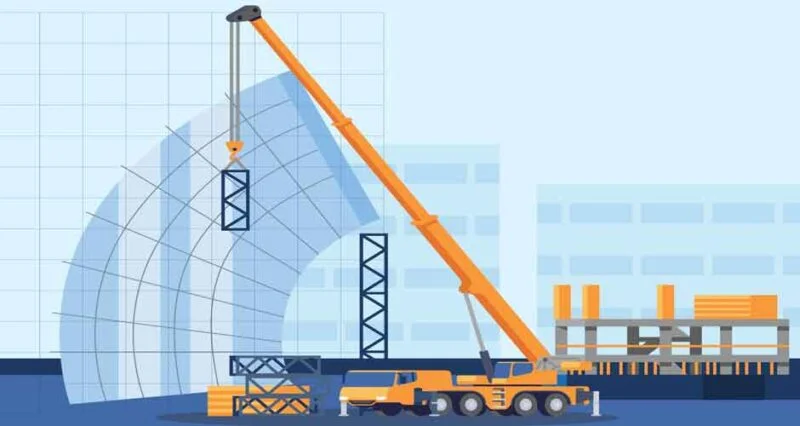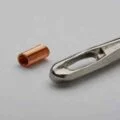
Load cells for cranes are one of the vital components, playing a pivotal role in managing the safety and accuracy of heavy lifting operations. Various industries, especially the manufacturing industries, have benefited from managing heavy load-lifting operations by using the instruments of load cells for cranes. Load cells help measure the force exerted on cranes during weight lifting and provide the engineers and operators with valuable data.
The importance of using load cells for cranes
The industries that have to perform routine operations of lifting heavy loads use load cells for cranes as indispensable tools. These tools are designed so that the compression forces and tension that the cranes experience while lifting loads are easily measured, and overloading is prevented. Various types of load cells are used in crane applications, including tension load cells, compression load cells, S-type load cells, and others. Safety and accuracy vary from one industry to another and depend on the nature of the weightlifting operations performed in the industries.
For instance, lifting heavy loads is a common scenario in the construction industry. Using load cells for cranes can ensure that weight lifting limits are not exceeded, pieces of equipment are not damaged, and accidents are prevented. On the other hand, in the case of the aerospace industry, the aspect of precision is paramount. In the activities of assembling and maintaining the aircraft, the load cells are used. Specific weight capacities like load cell 500 kg or/and crane scale 500 kg are used in these scenarios. This ensures that the engineers and other components of aircrafts are handled with utmost accuracy. Regarding handling weights at ports, load cells for cranes ensure that safe weight limits are maintained while loading and unloading the weights.
How the load cells for cranes help prevent risks
Safety in heavy lifting operations is paramount, so ensuring a safe work environment is mandatory. Organisations and weightlifters must consider various risks to ensure safety. Using load cells can help prevent the following hazards.
-
- Preventing Overload: The lifted wait can be continuously monitored using load cells. Whenever the capacity of a crane approaches, the warning system is activated, and an alarm is triggered to alert the operators.
- Data Logging: Since real-time data is provided by the load cells, the opportunity to manage the weight of the load is created. The engineers often log and monitor the data to ensure the operations are conducted within safe parameters.
- Maintenance Alerts: Load cells for cranes are designed to detect abnormalities in the lifting forces applied in the process. This detection capacity is indicative of equipment malfunctions. Thereby, engineers can detect problems as early as possible using this maintenance alert capacity and from timely and accurate maintenance.
The bottom line
Lastly, it can be said that load cells for friends are valuable devices for maintaining the safety and accuracy of heavy lifting operations. With the help of real-time data, a safe work environment can be developed where overloading can be prevented and risks can be minimised.


